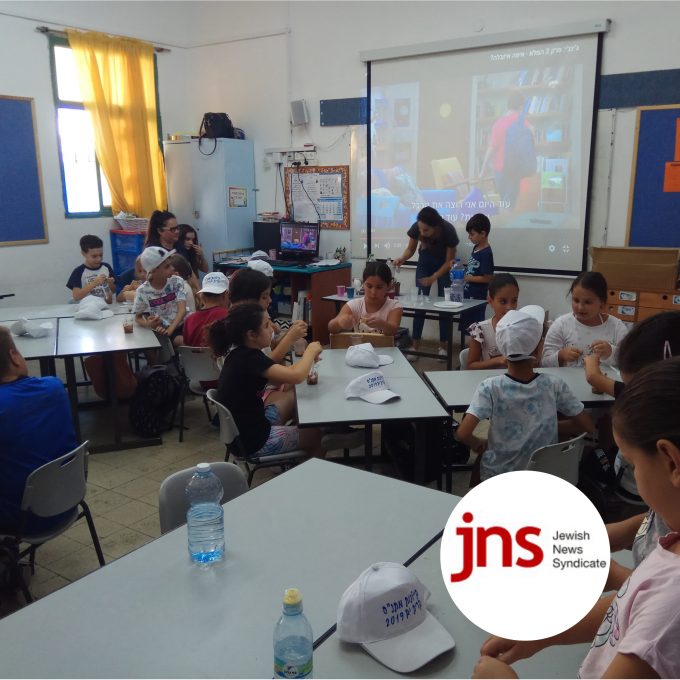23 November 2007 New Bergen-Belsen exhibition features ORT ORTs critical work training and educating Holocaust survivors in post-war Europe is featured in a new permanent exhibition at the former Bergen-Belsen concentration camp. The Treasurer of ORT Germany, Professor Alfred Jacoby, attended the inauguration of a Documentation Centre which houses the results of seven years intensive research including material illustrating Bergen-Belsens previously neglected post-war role as the largest Jewish Displaced Persons (DP) camp on German soil. ORT attended intensively to the 12,000 surviving Jews at Bergen-Belsen, running numerous practical training and other relief and schooling programmes aimed at trying to bring physical and psychological help as well as education to them, said Professor Jacoby, who is also a member of World ORTs Academic Advisory Council. For many of these Displaced Persons, ORT provided a practical basis for a new existence and prepared them for a new life in another country. By 1948, most of them had gone to Israel, the United States or Australia in order to forget what they had been forced to live through, and to start afresh. ORT trained and educated some 80,000 Holocaust survivors in Austria, Germany and Italy between 1945 and 1951. In 1947, ORT was providing 597 courses in various trades and subjects in 78 centres and employing more than 900 instructors. In logistical terms ORTs operation was comparable to that of a state authority. ORT trainees in the Displaced Persons camp at Bergen-Belsen, December 7, 1947. Funding from the German government has enabled the construction of the Documentation Centre and the international research that has resulted in the new, three-piece permanent exhibition covering the history of the prisoner-of-war (POW) camp at Bergen-Belsen and the concentration camp there as well as the DP camp. Director of the Bergen-Belsen Memorial, Dr Thomas Rahe, said the exhibition gave the sites 200,000 annual visitors an impression of the full range of ORT activities there. The most astonishing thing for me in researching the DP camp was to try to understand how the survivors got their energy to start a new life, Dr Rahe said. During this period they were trying to trace relatives and many of them discovered they were the only ones left in their family. Bergen-Belsen was used as a POW camp from 1941 but part of it became a concentration camp for Jews in 1943. In the final year of the war, Bergen-Belsen served as a death camp for Jews, 18,000 of whom died there in March 1945 alone among them Anne Frank. ORTs work in the DP camps is thoroughly explored in a new book, ORT, The Second World War and the Rehabilitation of Holocaust Survivors, by Dr Sarah Kavanaugh of Royal Holloway College, University of London. The book, which is due to be published by Vallentine Mitchell early next year, is the result of extensive research of World ORTs massive archive a task made possible thanks to the support of the Conference on Jewish Material Claims Against Germany and the Harold Hyam Wingate Foundation. World ORT is the worlds largest Jewish education and vocational training non-government organisation and has benefited more than 3 million people Jewish and non-Jewish in 100 countries since its foundation in 1880.

New Bergen-Belsen exhibition features ORT
23.11.07




